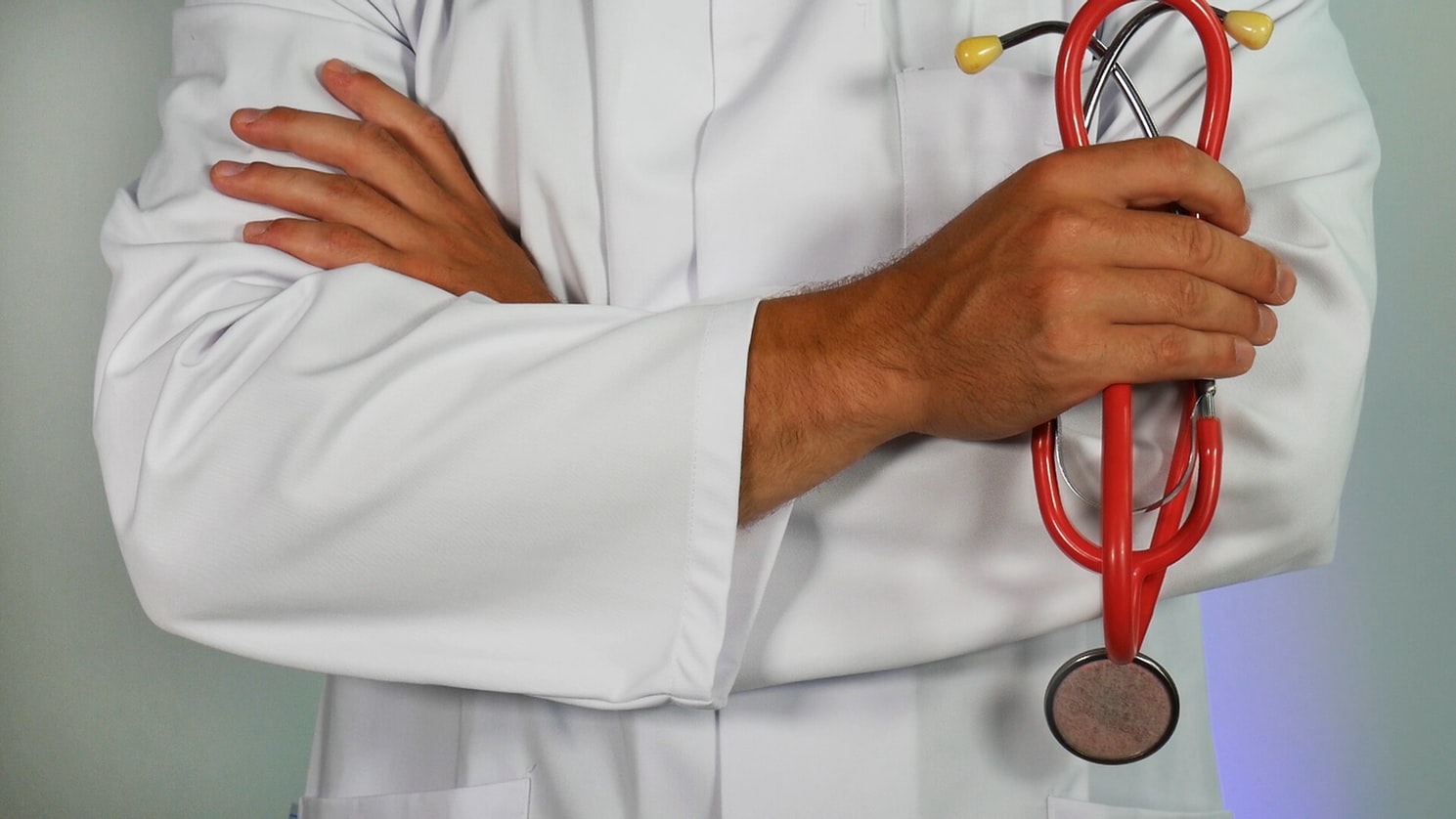New York City Frontline ER Doctor: OPEN UP NEW YORK

New York City ER DOCTOR: Worked Coronavirus Front Line - It's Time To Start Opening Up
Dr. Daniel G. Murphy is chairman of the Department of Emergency Medicine at St. Barnabas Hospital in The Bronx. New York City is ground zero for the COVID-19.
So Murphy knows a thing or two about the virus.
Murphy has been in the ER every day for the last few weeks, either supervising or providing direct care, the doctor wrote in a piece for The New York Post. "I contracted a COVID-19 infection very early in the outbreak, as did two of my daughters, one of whom is a nurse. We are all well, thank God."
Murphy said the virus has been the worst health care disaster in his 30-year career, but now, he said, "the lasting impact is what worries me the most. And it's why I now believe we should end the lockdown and rapidly get back to work."
It is precisely what I have witnessed that now tells me that it's time to ease the lockdown. Here's why.
First, the wave has crested. At 1 p.m. April 7, the COVID-19 arrivals slowed down. It was a discrete, noticeable event. Stretchers became available by 5 p.m., and the number of arriving COVID-19 patients dropped below the number discharged, transferred or deceased.
This was striking, because the community I serve is poor. Some are homeless. Most work in "essential," low-paying jobs, where distancing isn't easy. Nevertheless, the wave passed over us, peaked and subsided. The way this transpired tells me the ebb and flow had more to do with the natural course of the outbreak than it did with the lockdown.
Second, I worry about non-coronavirus care. While the inpatient units remain busy with sick COVID-19 patients, our ER has been quiet for more than a week. We usually average 240 patients a day. For the last week, we averaged fewer than 100. That means our patients in this diverse, low-income community are afraid to come to the ER for non-COVID care.
Gotham-wide, the number of 911 ambulance runs declined to 3,320 on April 18, down from a peak of 6,527 on March 30, according to New York Fire Department data. The current nadir is significantly below the average.......................




